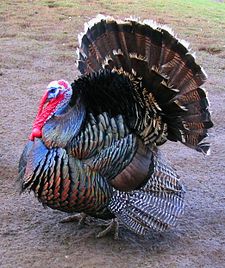So, today Mrs. Stein stamped our stamp sheets for the homework that was due today, which was UP pages 29-31. We looked over the answers to that later on. Then... we took a POP quiz!! The quiz was on meiosis, but it was really helpful because we got a few minutes to talk with our group and correct anything we didn't think was right using notes, the textbook, etc.
The last half of the period was spent on the Face Lab. In this lab, we got into partners, assigning one of us as the male and one as the female, and tossed coins to see which characteristics or traits our "child" would have based on if we tossed heads or tails. It was really funny to see what our "child" came out to be and a good way to learn more about human traits.
Homework...
- Face Lab UP pages 23-28 (DON'T do the Going Further question)
- Readings- Sections 11.1 and 11.2 in the text book
The next scribe will be Sam P!!



